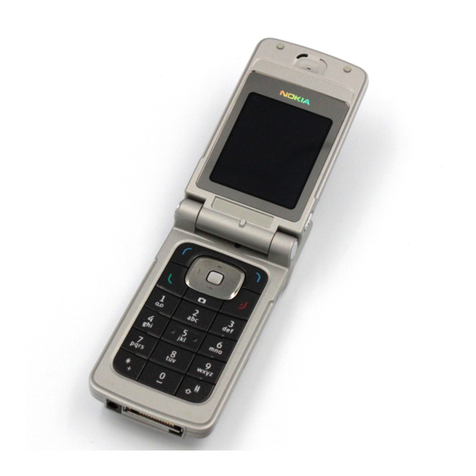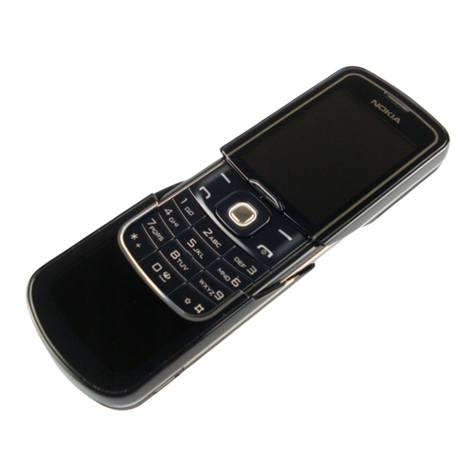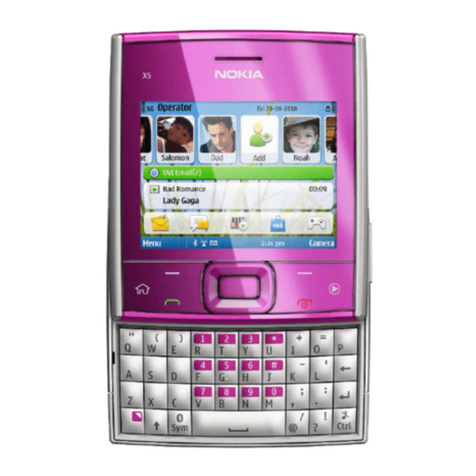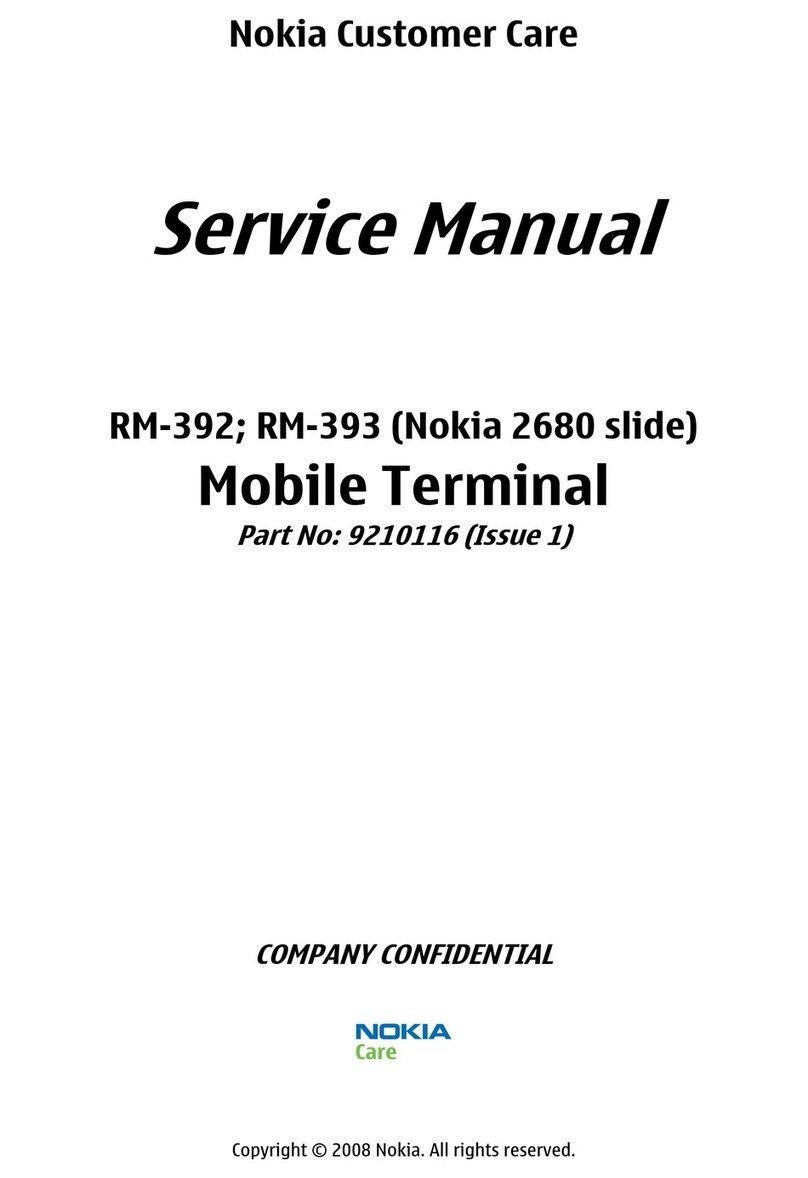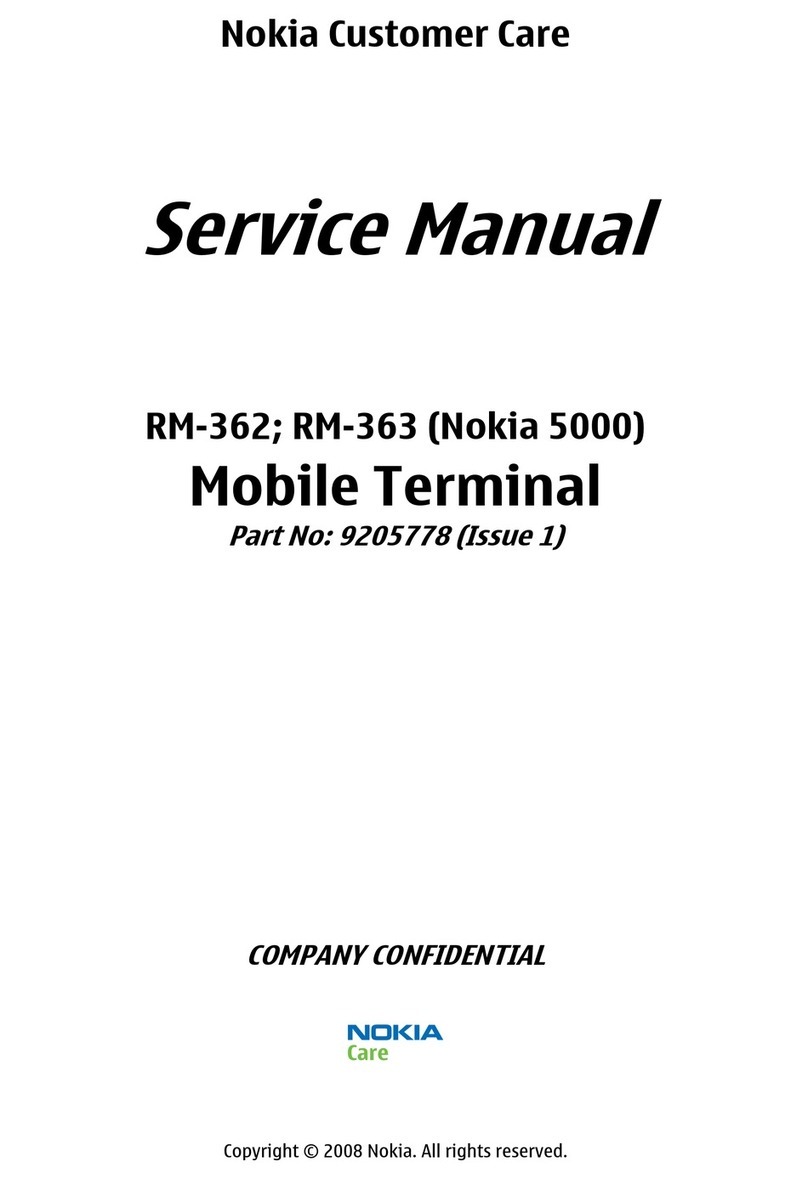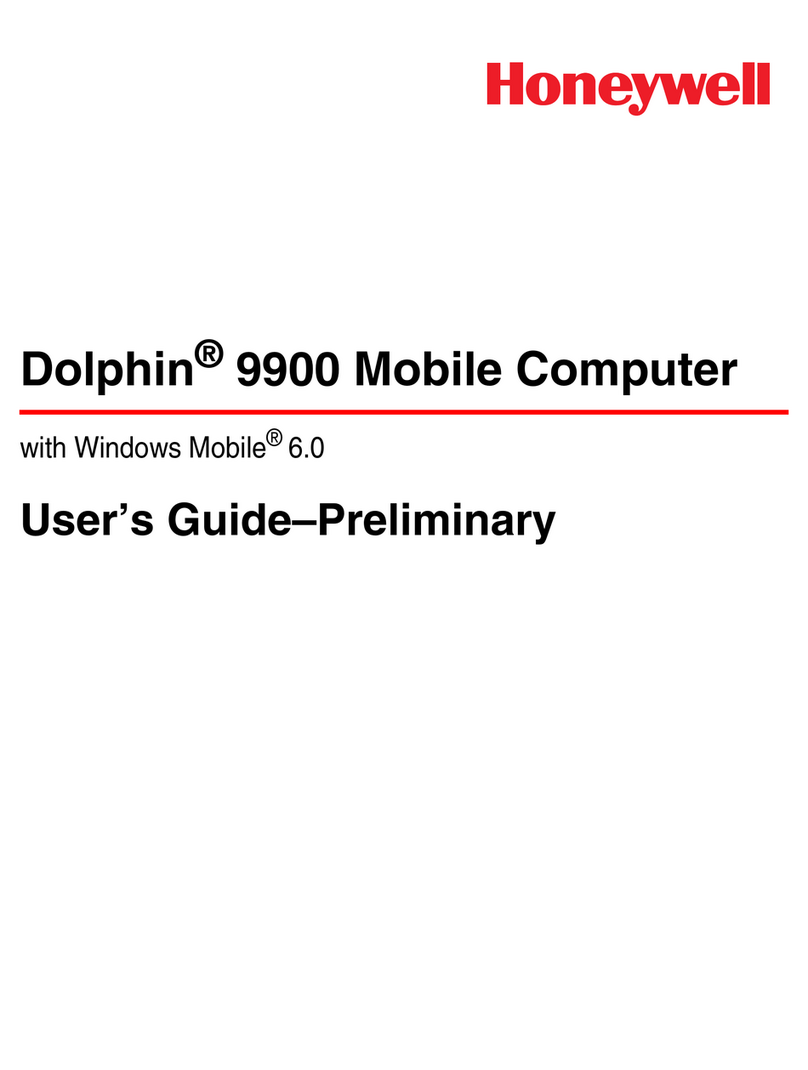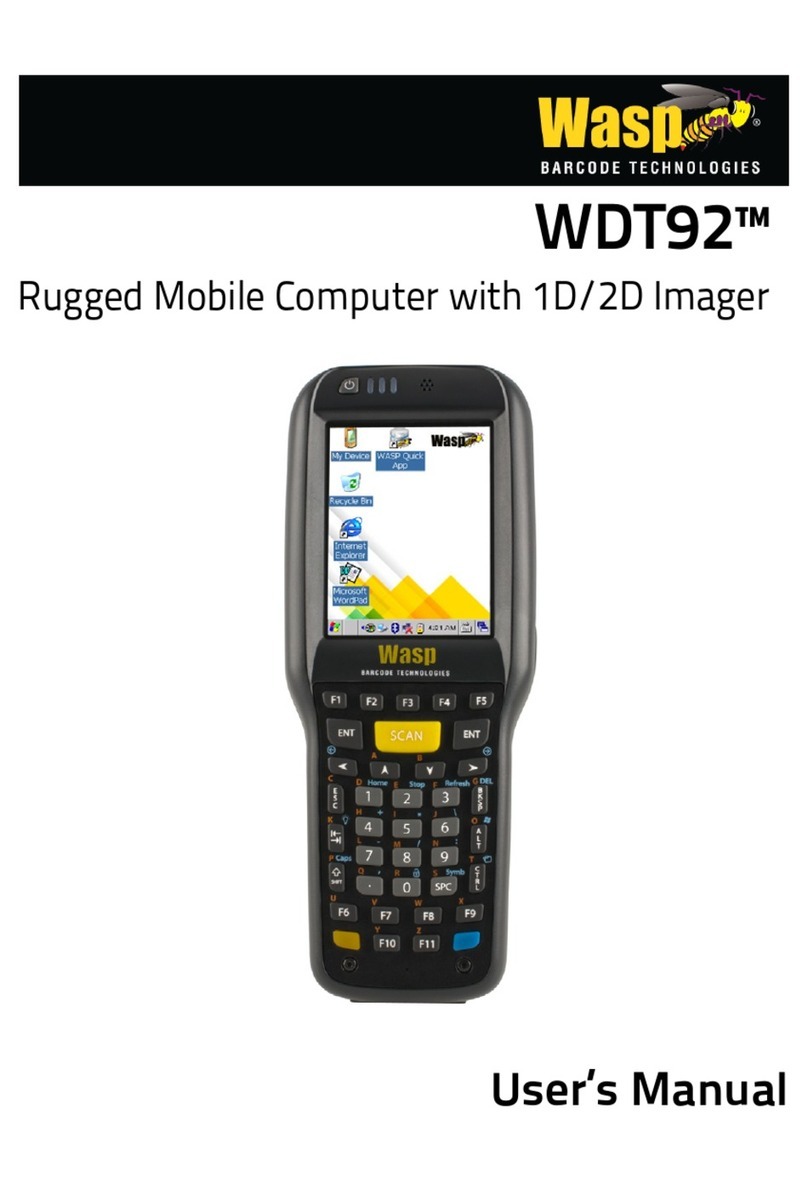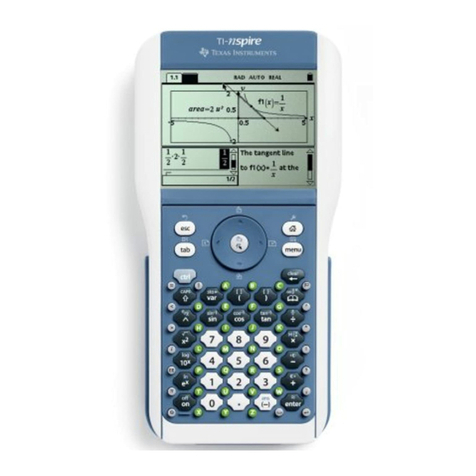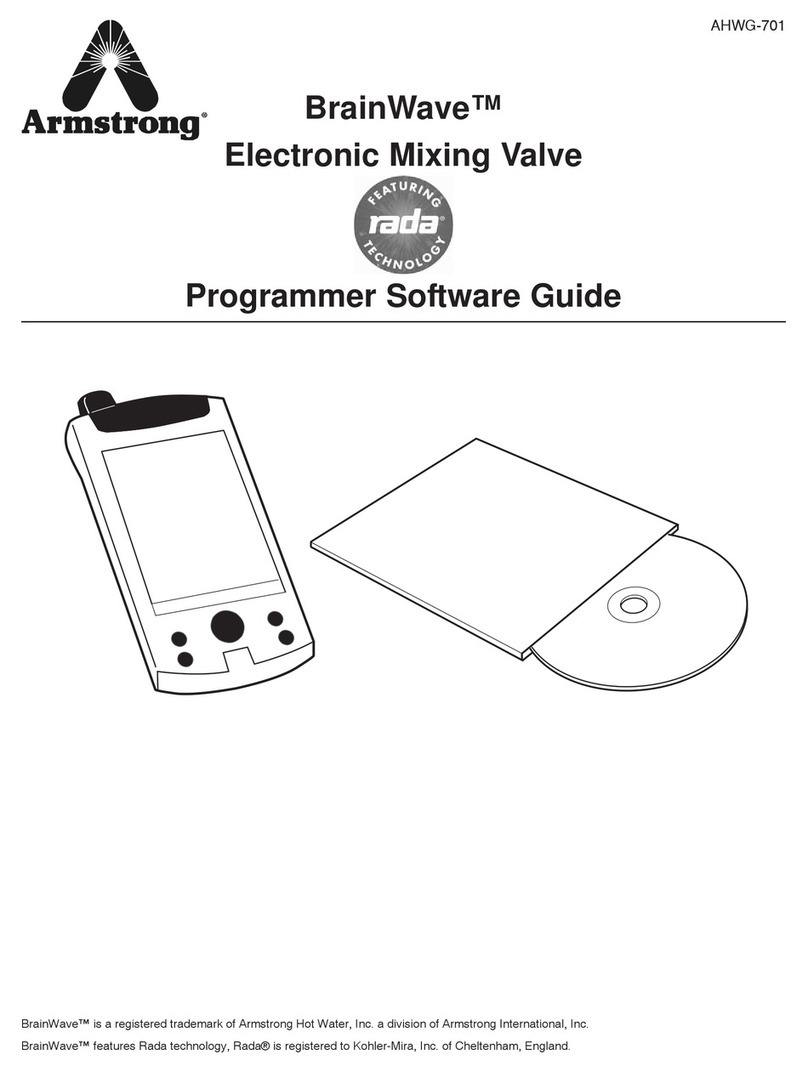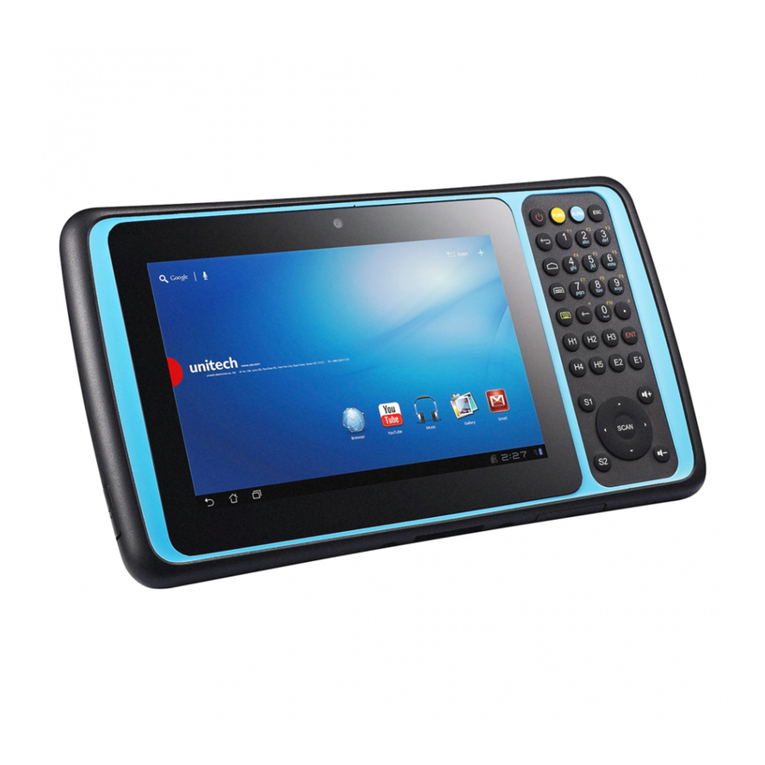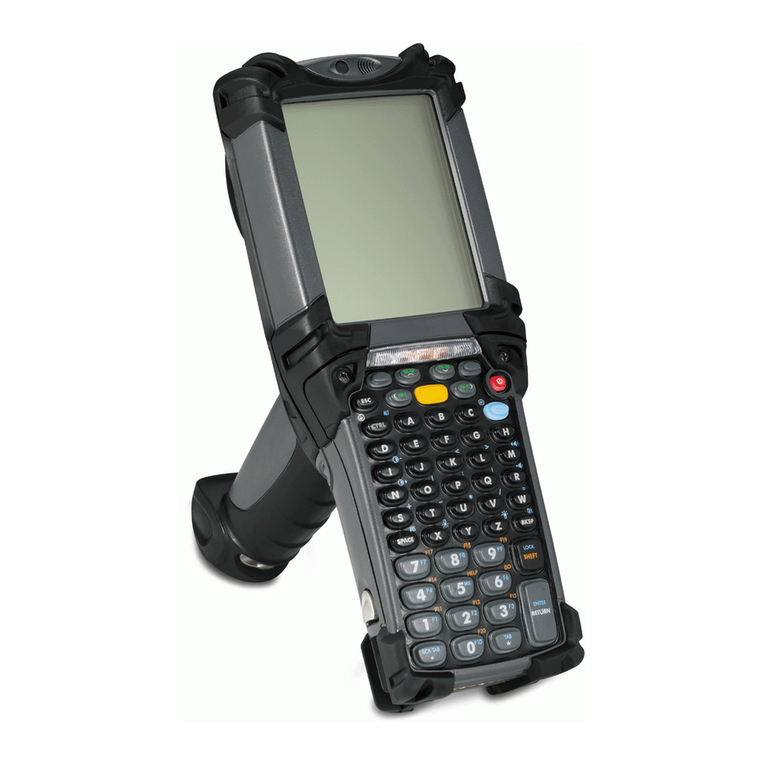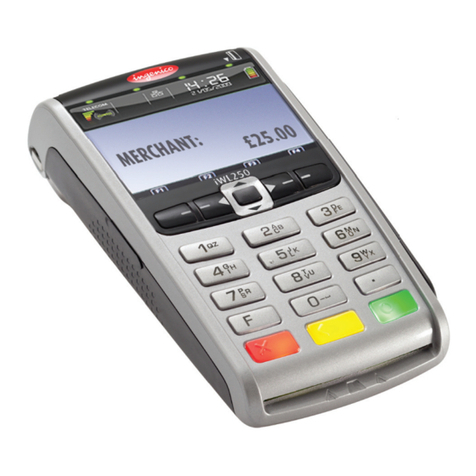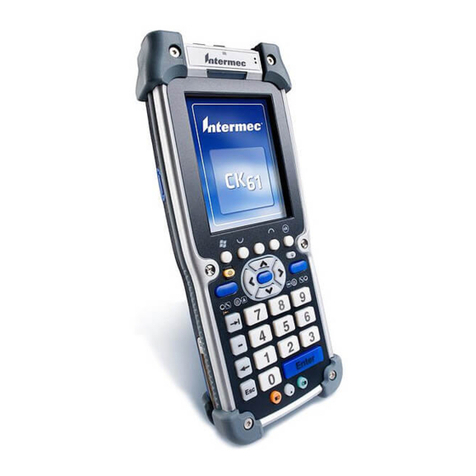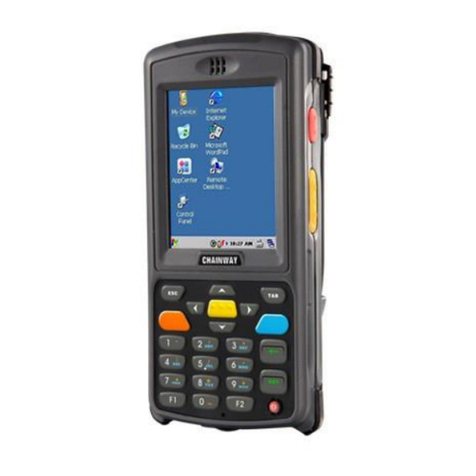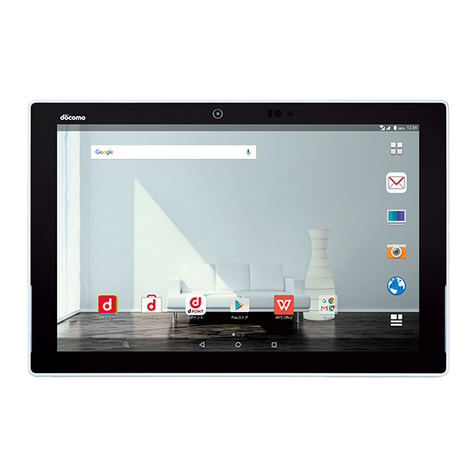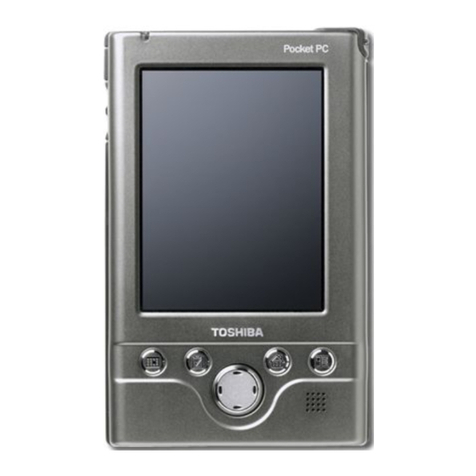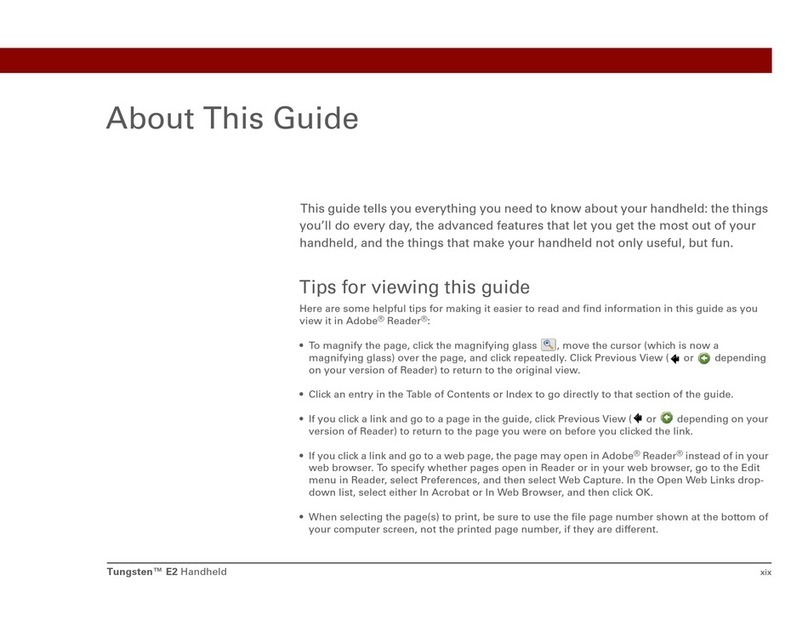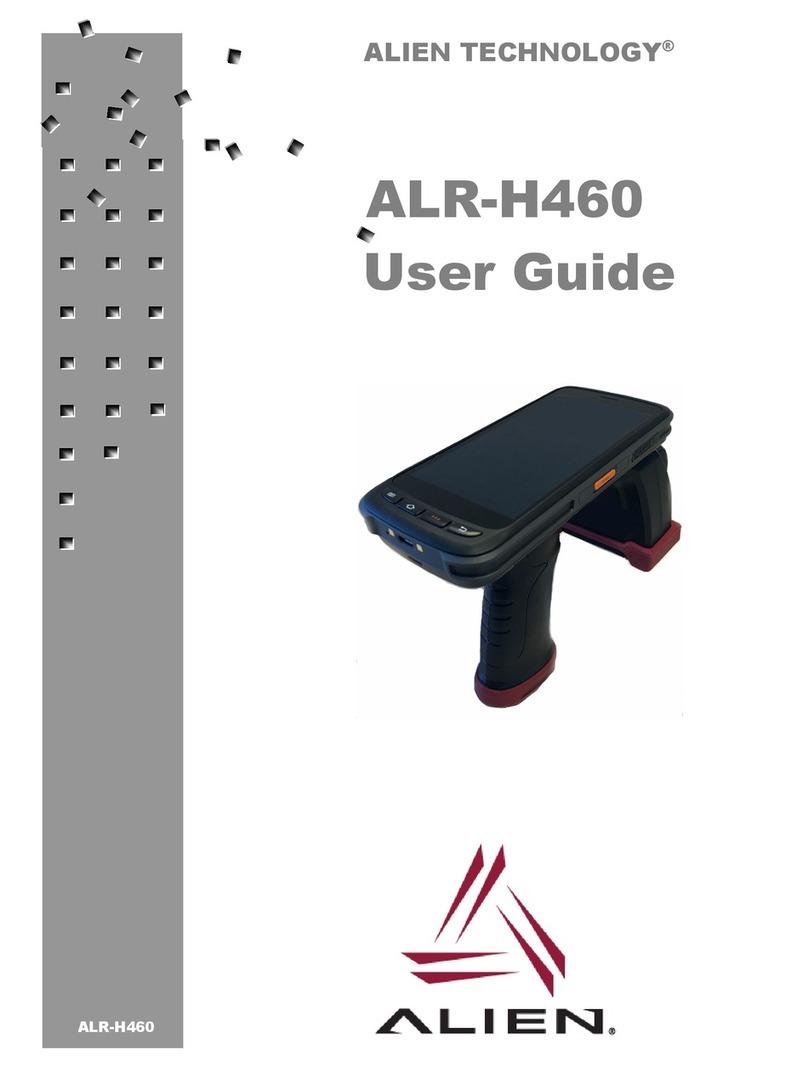6235/6235i/6236i (RM-60)
RF Description and Troubleshooting
Page 2 ©2005 Nokia Corporation Company Confidential Issue 1 04/2005
Contents Page
6235/6235i/6236i Mobile Terminal .......................................................................................................... 5
RF Components ............................................................................................................................................... 6
Preliminary RF Troubleshooting.................................................................................................................. 7
RF Troubleshooting Equipment List........................................................................................................... 7
Transmitter RF Troubleshooting ................................................................................................................. 8
Transmitter Block Diagram .......................................................................................................................8
Transmitter Schematics .............................................................................................................................9
Transmitter Troubleshooting Guidelines .............................................................................................10
Transmitter Troubleshooting Setup ......................................................................................................10
AMPS Tx Setup ....................................................................................................................................... 11
Cell Tx Setup ........................................................................................................................................... 14
PCS Setup................................................................................................................................................. 16
Transmitter RF Troubleshooting Procedures ......................................................................................18
Failed Test: Tx PA Detector .....................................................................................................................19
Transmitter Output Spectrum ................................................................................................................20
Transmitter Test Points ............................................................................................................................21
Tx RF Part Diagram................................................................................................................................ 21
Tx DC Test Points ................................................................................................................................... 22
Tx RF Test Points .................................................................................................................................... 23
Tx DC Power Supply Test Points ........................................................................................................ 24
Transmitter UHF LO ...................................................................................................................................25
Tx UHF LO Schematic............................................................................................................................ 25
Tx UHF LO (N7000) Test Points.......................................................................................................... 26
PCS Tx UHF Spectrum Output ................................................................................................................26
Cell Tx UHF Spectrum Output ................................................................................................................27
Receiver RF Troubleshooting .................................................................................................................... 28
Receiver Block Diagram ...........................................................................................................................29
Receiver Schematics .................................................................................................................................29
RF AGC Status ............................................................................................................................................30
Turning on the Rx Path ............................................................................................................................31
Switching the Rx Gain States ................................................................................................................33
Checking AMPS from RF to IQ ........................................................................................................... 33
Checking Cell Receiver from RF to IQ.............................................................................................. 34
Checking PCS Receiver from RF to IQ.............................................................................................. 36
Receiver Diagnostic Signal Tracing ......................................................................................................37
Receiver DC Test Points........................................................................................................................ 38
Receiver RF Test Points ........................................................................................................................ 39
Receiver IF Test Points.......................................................................................................................... 40
Receiver Logic Input Voltages ................................................................................................................41
N7160 Receiver Overview .......................................................................................................................41
Synthesizer Troubleshooting .................................................................................................................... 43
Synthesizer Block Diagram .....................................................................................................................44
Synthesizer Schematics ...........................................................................................................................45
Synthesizer Troubleshooting Setup ......................................................................................................46
Top Level Troubleshooting ......................................................................................................................46
Incorrect PLL Frequencies .......................................................................................................................47
VCTCXO Troubleshooting .........................................................................................................................48



